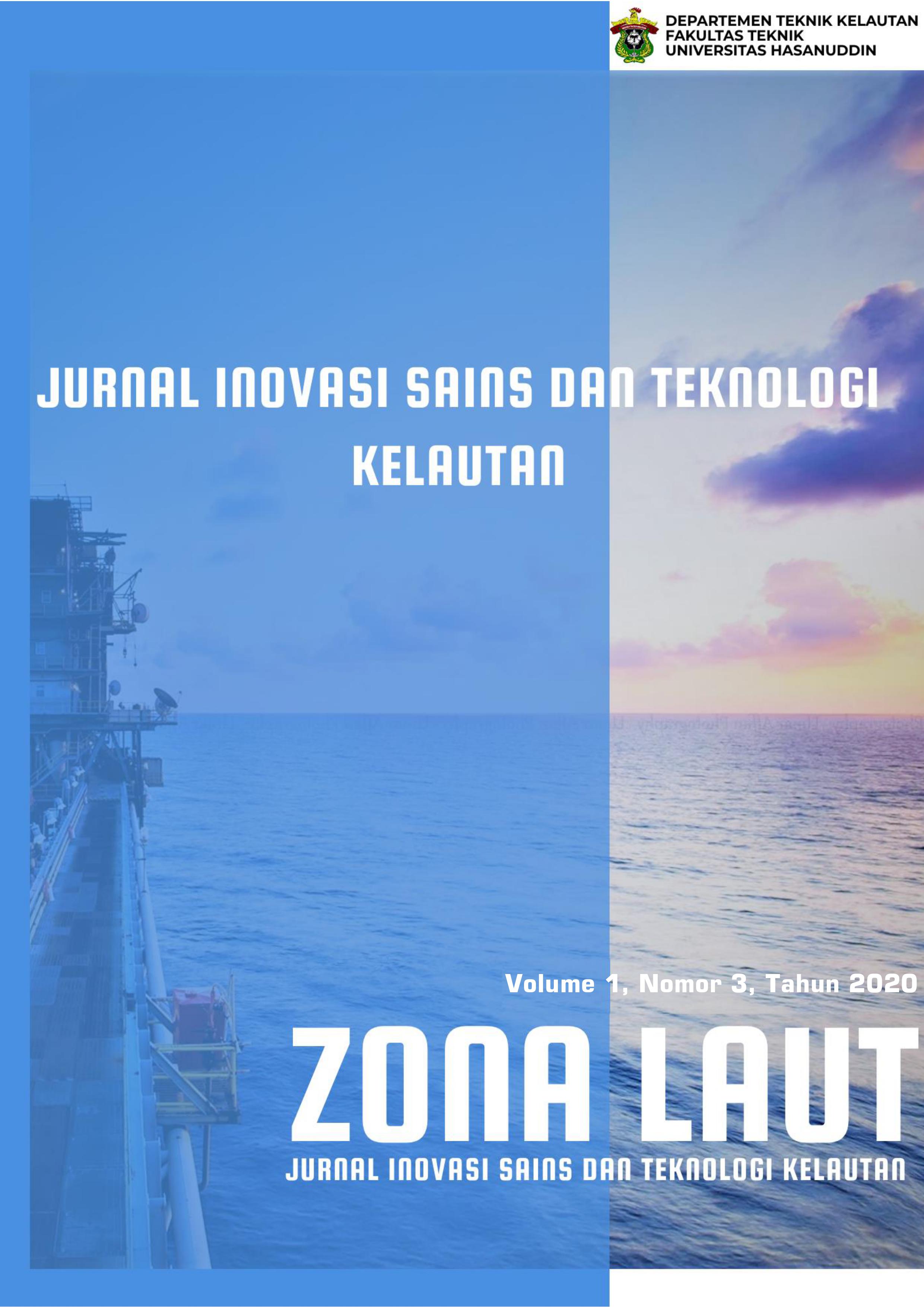Analysis of Resistance and Engine Power on a Mini LNG Ship Based on Numerical Simulation
DOI:
https://doi.org/10.62012/zl.v1i3.10080Keywords:
Mini LNG Ship, Ship Resistance, Effective Horsepower (EHP), Brake Horsepower (BHP), Numerical Simulation; Orca 3D.Abstract
The demand for small LNG carriers in Indonesia is increasing along with the increasing demand for LNG supply from the LNG field to the islands in eastern Indonesia. The distribution of LNG to islands in eastern Indonesia is not efficient if using a larger LNG carrier because in the islands there is no gas pipeline infrastructure to distribute LNG from the LNG terminal at the port to the user. With a small LNG carrier, the distribution LNG can use a small LNG tank that will be taken by land vehicles after the ship rests at the port. To design a small LNG ship, various calculations are needed so that the ship being built will have a good and efficient performance. One of them that must be calculated is the ship's resistance and engine power to be installed. In this paper the prediction of ship resistance and EHP BHP for prediction power of engine using numerical simulation methods. The results of this paper are for ship resistance at design 1 of 101.01 kN and for design 2 of 267.06 kN. In design 1 for EHP of 519.93 kW and BHP of 611.68 kW, and in design 2 EHP of 1373.87 kW and BHP of 1616.33 kW.Downloads
References
J. Maritim, “Small LNG Tanker dan Aplikasinya di Indonesia,” 2017. https://jurnalmaritim.com/small-lng-tanker-dan-aplikasinya-di-indonesia/.
E. Bøckmann and S. Steen, “Model test and simulation of a ship with wavefoils,” Appl. Ocean Res., vol. 57, pp. 8–18, 2016, doi: 10.1016/j.apor.2016.02.002.
M. Terziev, T. Tezdogan, and A. Incecik, “A geosim analysis of ship resistance decomposition and scale effects with the aid of CFD,” Appl. Ocean Res., vol. 92, no. September, pp. 1–17, 2019, doi: 10.1016/j.apor.2019.101930.
J. R. Saripilli and D. Sen, “Numerical studies on effects of slosh coupling on ship motions and derived slosh loads,” Appl. Ocean Res., vol. 76, no. April, pp. 71–87, 2018, doi: 10.1016/j.apor.2018.04.009.
A. S. Mujahid and K. Priohutomo, “Studi Kelayakan Desain Kapal Hisap Tambang,” Wave J. Ilm. Teknol. Marit., vol. 12, no. 2, pp. 81–88, 2018, doi: 10.29122/jurnalwave.v12i2.3461.
G. Regatama, W. Amiruddin, and I. P. Mulyatno, “Studi Perancangan Kapal LNG 3150DWT,” Tek. Perkapalan, vol. 7, no. 2, pp. 152–160, 2017.
J. Holtrop and G. . Mennen, “An Approximate Power Prediction Method,” MARIN, no. 1982, pp. 166–170, 1982.
D. Technology, Orca 3D User Manual, 1.3.5., vol. 1.3.5, no. January. 2017.
R. P. and G. ITTC, “Predicting Powering Margins,” ITTC, vol. 7.5-02, no. 03–01.5, pp. 1–10, 2017.
E. V. Lewis, Principles of Naval Architects - Resistance, Propulsion and Vibration, vol. II. The Society of Naval Architects and Marine Engineer, 1988.
Downloads
Published
How to Cite
Issue
Section
License
Copyright (c) 2020 Zona Laut : Jurnal Inovasi dan Teknologi Kelautan

This work is licensed under a Creative Commons Attribution 4.0 International License.
Allow anyone to modify, improve, and make derivative works, even for commercial purposes, as long as they credit to you for the original work.





























